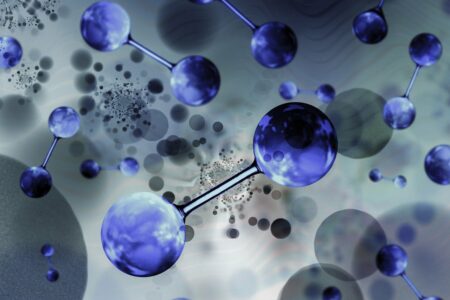Governments are discussing a ban on the sale of new motorcycles powered by internal combustion engines over the next decade or so (UK regulators want to achieve this by 2030). How will Honda, the largest maker of small engines in the world, respond to these changes?
Honda said it will take three actions:
- Improve the carbon neutrality and efficiency of its internal combustion engines;
- Enhance the effectiveness, usefulness, and affordability of its electric two-wheelers (including “mid-sized” models for the North American market);
- Explore the potential of hydrogen energy;
In a conference for investors and journalists, Honda’s leaders outlined these objectives from Japan. Honda, like many Japanese OEMs, holds its cards close to its breast when it comes to future intentions. However, some of the supporting data that were revealed were pretty intriguing.
Examining the points one-by-one:
Engines with improved internal combustion Honda does not believe the Age of Petroleum to be finished and will continue to invest in internal combustion. There will be more ICE motorcycles in the future, but their engines will be more efficient and able to run on ethanol-gasoline mixtures with a higher alcohol content than prior models. Honda appears especially eager to study this flex-fuel technology in its home country of Brazil, where ethanol has long been viewed as crucial to the future of internal combustion. Honda produces a substantial quantity of motorcycles in Brazil; expect future models from that nation to place a greater emphasis on flex-fuel capacity, with mixes as high as E100 (100 percent ethanol).
Enhanced electric bicycles One of Honda’s executives emphasized throughout the presentation that the company’s main market is the developing world; as a result, Honda must produce bikes that are suitable for everyone. In other words, even electric two-wheelers must be capable and cost-effective for developing nations.
Honda is working on multiple parts of the battery bike problem; today, electric motorcycles are pricey and lack sufficient range for the majority of riders. In light of this, Honda is a leading proponent of quick-swap battery technology and is collaborating with other organizations and government agencies (particularly postal services) to develop this and other electric motorcycle technologies.
As part of its transition to electrification and efforts to achieve net-zero carbon emissions by 2050, Honda intends to aggressively develop new vehicles in this category. The presentation focused heavily on new machines for the commuter market, particularly overseas, in the ebike and escooter categories, but there was also a tease of three new electric motorcycles for developed markets (including North America) with performance roughly equivalent to a mid-displacement internal combustion engine (ICE) motorcycle.
The only information Honda’s representatives could provide was a glimpse of the bikes’ outlines, which resembled a naked bike, an adventure-sport bike, and a maxi-scooter.
Honda also announced intentions to enhance communication amongst its vehicles and pursue bigger potential in the area of vehicle software, shifting from a hardware manufacturing approach to producing both hardware and software.
Hydrogen motorcycles Honda’s representatives said very little about this idea, stating merely that the company is studying alternatives. Best guess? After internal combustion engines are outlawed, hydrogen will serve as a transitional technology for businesses that rely on their characteristics.








